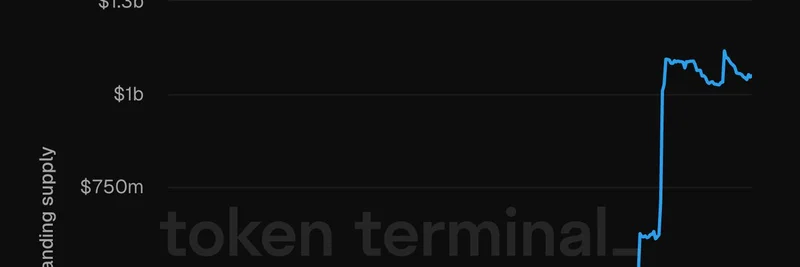In the ever-evolving world of cryptocurrency, where meme tokens and shitcoins often steal the spotlight with their viral pumps and dumps, it's refreshing to hear from industry leaders who cut through the noise. Recently, Mert, the CEO of Helius Labs—a powerhouse in Solana infrastructure—dropped some hard truths on X (formerly Twitter) that every meme token enthusiast should heed. His tweet draws a stark line between short-term gimmicks and the real grind of building lasting tech.
Let's break it down. Mert starts by acknowledging that subsidizing shitcoins through paid promotions, controlled supply, and hype can indeed work—in the short term. We've all seen it: a token launches, influencers shill it, and the price skyrockets overnight. But as Mert points out, this is reminiscent of the NFT boom days, where projects chased quick grants and flipped chains, only to fade into obscurity once the money dried up.
trying to subsidize shitcoins via short-term shills, paid spots, and supply control is one thing
and it does work short term
building the foundations for trading all markets on the internet through ruthless focus on product, performance, and founders is another
these are not the same games
the former is similar to the days where certain NFT projects would leave the chain for a grant, I'm sure you remember what came after
the latter is much more interesting and full of worthy competitors like hyperliquid
what comes next is violent sidelining as the manlets ship relentlessly heading into institutional flows, network upgrades, and Breakpoint in the Capital of Capital
those with non-touristic time horizons will be rewarded asymmetrically once again
What Mert is really championing here is the long game. Instead of chasing fleeting trends, focus on creating robust platforms that enable trading across all markets online. He shouts out Hyperliquid as a prime example—a decentralized perpetuals exchange that's been gaining traction for its high-performance trading on Solana. Hyperliquid isn't just another meme play; it's building infrastructure that could handle institutional-level flows, especially with upcoming Solana network upgrades and events like Breakpoint, the big Solana conference often held in places like Singapore, dubbed the "Capital of Capital" for its crypto-friendly vibe.
For those new to the terms: Shitcoins are low-value, high-risk cryptocurrencies, often meme-based with little utility beyond speculation. Shilling means aggressively promoting something, usually for personal gain. And "manlets"? That's crypto slang for underperformers or small-timers who get sidelined by the big players.
This perspective is crucial for meme token traders. At Meme Insider, we track hundreds of these tokens, from viral sensations to hidden gems. But Mert's message reminds us that while quick flips can be fun, the real asymmetric rewards—those outsized gains that come from betting on winners—go to projects with solid foundations. Think about it: as institutions pour money into crypto, they'll flock to performant, reliable platforms, not pump-and-dump schemes.
The replies to Mert's tweet echo this sentiment. One user notes how short-term noise contrasts with long-term conviction, while another highlights the divide between ponzinomics (Ponzi-like token economics) and owning the trading stack. It's clear the community is split between degen traders chasing pumps and builders eyeing the bigger picture.
If you're deep into meme tokens, use this as a cue to diversify. Keep an eye on Solana's ecosystem, where innovations like Helius's RPCs and APIs are powering the next wave. And for more insights on meme coin strategies, stick around Meme Insider—we're your go-to for decoding the chaos and spotting the signals in blockchain's wild west.

